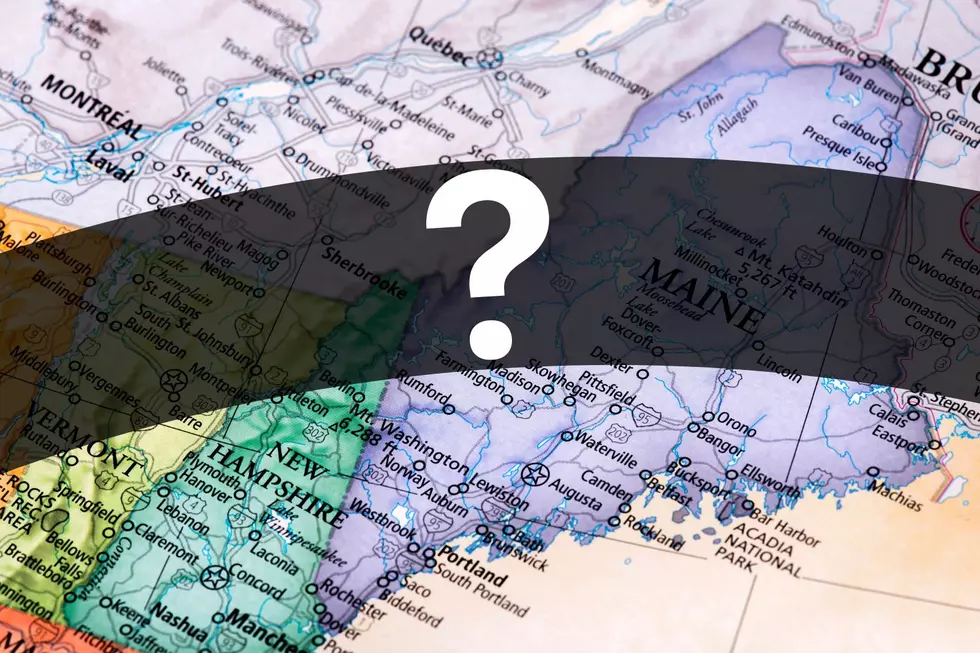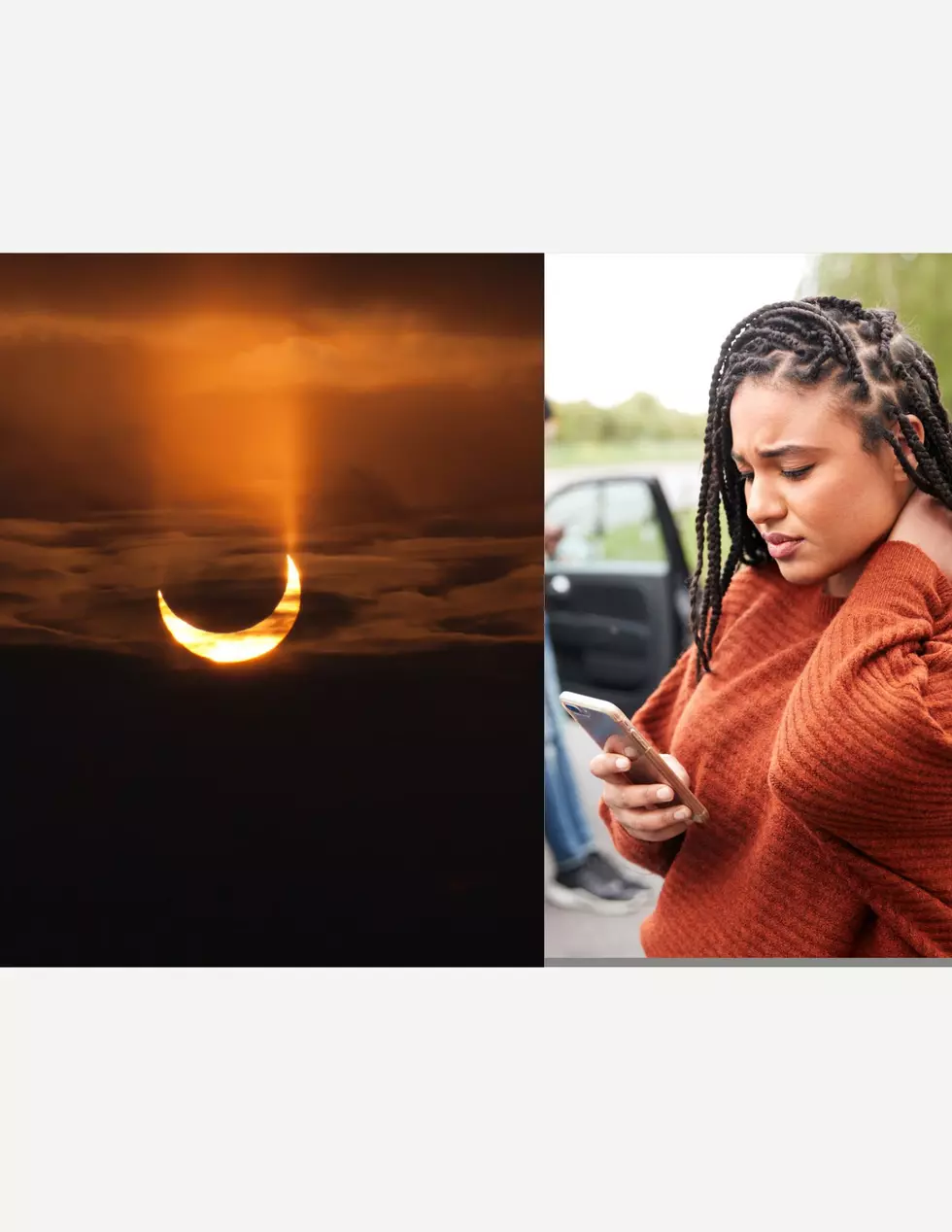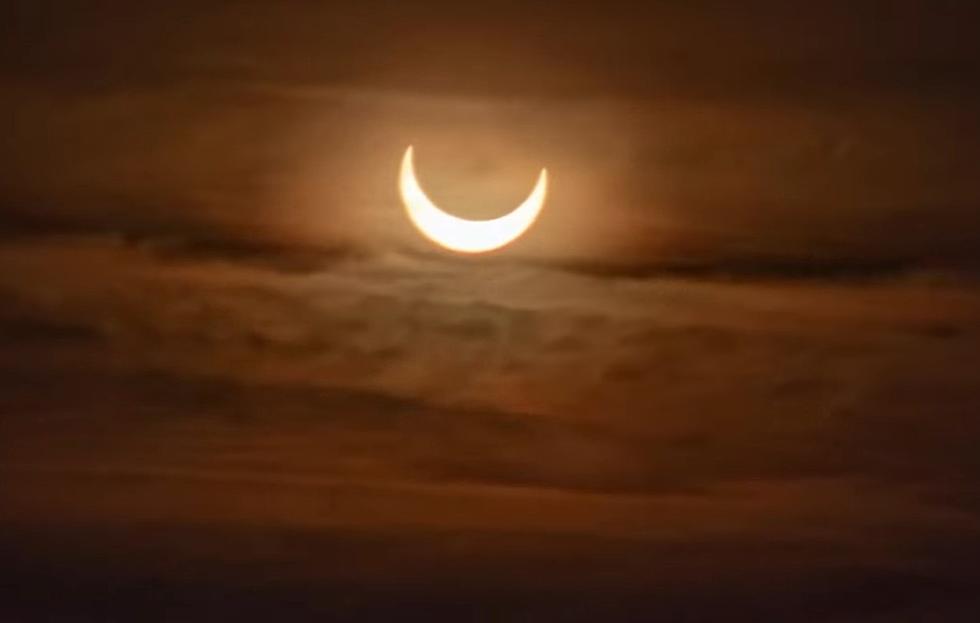
The Last Ring of Fire until 2046 on Saturday the 14th
Warning. You are going to have this song stuck in your head after reading the story. However, there are worse songs to be repeating and repeating all day long. All night too.
Look up, Maine. Way up. Or maybe not.
An annual Solar eclipse will make its appearance in the skies over North America, and also Central America and South America, this Saturday October 14th.
It will create a singular spectacle for those in its path and a rare opportunity for scientists.
The ‘ring of fire’ nickname comes from the appearance of annular solar eclipses, which are like total solar eclipses, except the moon is at the farthest point in its orbit from Earth, so the moon cannot completely block the sun.
Instead, the sun’s fiery light surrounds the moon’s shadow, creating the so-called ring of fire.
And even NASA is excited about this weekend’s ring of fire.
So excited they are singing too. “I fell into the burning ring of fire. I went down, down down”
The next annular eclipse seen in this part of the country is actually going to be in 2046.
Kelly Korreck, eclipse program manager at NASA said:
It’s going to be a long stretch before we will see this phenomenon again, so we’re really encouraging folks to go out there and observe safely.
However, before you rush out in Maine, the best view will be in the Pacific Northwest and towards the Southwest U.S.A.
Actually, in Maine the best we will get is a 10 to 20 % partial eclipse.
Oh well, at least we will still have Johnny Cash. “and it burns, burns burns the ring of fire, the ring of fire”
KEEP READING: Get answers to 51 of the most frequently asked weather questions...
25 costliest hurricanes of all time
LOOK: The most extreme temperatures in the history of every state
Gallery Credit: Anuradha Varanasi
More From









